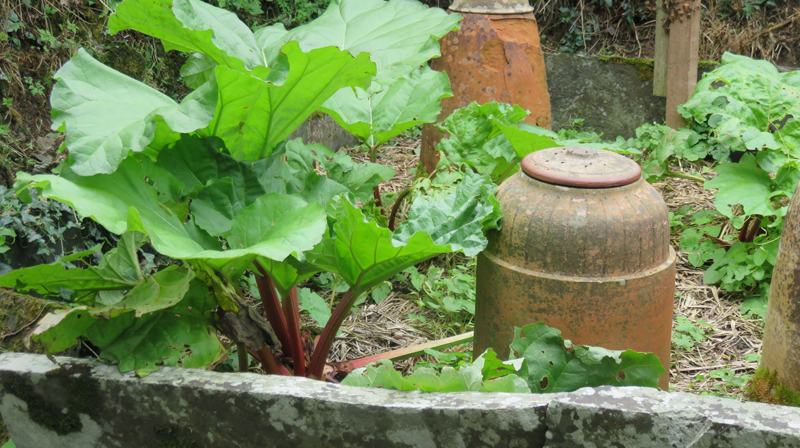Dividing Rhubarb
Which rhubarb plants should I divide?
If you’ve been growing rhubarb for several years, then it is beneficial to divide the plants to keep them healthy. Equally, if you just want to grow more rhubarb plants, then dividing is a great way to do so.
When should I divide rhubarb plants?
We’d recommend dividing your rhubarb in year 4 or 5 when the plant is dormant – the leaves will have died back leaving just the crown of the rhubarb plant exposed, with a few large buds visible.
How do I divide the plants?
Take a good garden spade and carefully dig up the crown. Then, in a nice swift movement, use the spade to boldly divide the crown into separate crowns, leaving a bud on each. Now you can dig a few new holes (at least 60cm-70cm apart) to plant the new crowns, add some fresh compost then place the crowns so that their surface is an inch below the soil surface. That’s it! You should then see new shoots forming in late winter/early spring.
Forcing Rhubarb
What is meant by forcing rhubarb?
Forcing rhubarb in late winter is a technique used to produce an earlier crop of tender, pale stems of rhubarb. It’s easy to do, and whilst it’s not strictly necessary you may find it worthwhile.
How do I force rhubarb?
Essentially forcing involves blocking the light from the rhubarb crowns. The stems therefore grow quickly as they search for sunlight. All you need to do is cover healthy rhubarb crowns with a large, tall bucket (or a proper rhubarb forcer if you have one) in January. Leave them for 6-8 weeks and then you should have lots of very tender and pale coloured (due to the lack of chlorophyll) rhubarb stems. Once you have forced a rhubarb plant, you should let it recover the following year – i.e don’t force it again otherwise you’ll deplete it of energy.
What if I choose not to force rhubarb?
Unforced rhubarb will be harvestable from late April through to June, once the stems reach about 30cm and the leaves are fully opened. The stems will be pinker, and a little tougher, but they will still be yummy!

